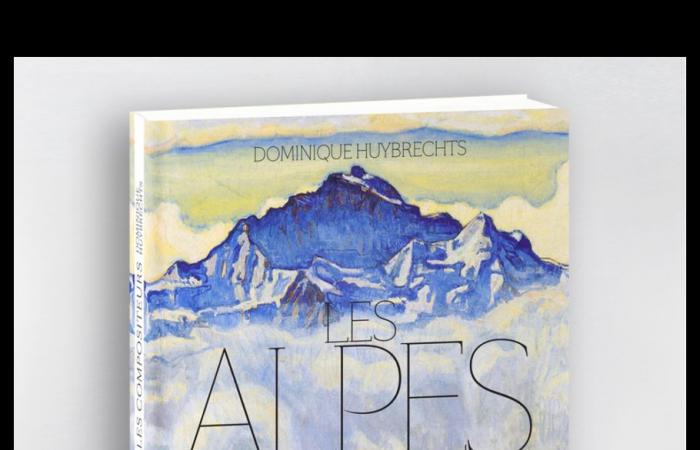The book offers a remarkable overview of composers, from the Franco-Flemish and Muffat to the most modern Poulenc to Zulawski… (from 1400 to 1953) who are powerfully inspired by the Alpine peaks.
The chronological presentation places particular emphasis on the sites and routes followed by the musicians on the motif; few portraits of the authors, other than a brief biography for each of them, but numerous maps and detailed itineraries which summarize the progress of the explorers, and the climbing artists in the mountains… Obviously Wagner who, a host and refugee well received in Switzerland, traveled the Alps from end to end; he is certainly the one who knows the excursion trails best; obviously Liszt and his “years of pilgrimage”; …
obviously Richard Strauss which dedicates one of the most spectacular symphonies ever composed on the alpine subject (137 instrumentalists) and a day of hiking, from dawn to dusk (1915), and Brahmsthis last morning walker with inflexible discipline… but also and Hugo Wolf whose dazzling and tragic existence experiences its happiest hours in the Alpine landscape… Everyone knows how to rock cow bells, with their emblematic sounds, emblems dear to the heart of each hiking musician. The text and each presentation ultimately celebrate the indisputable majesty of the Alpine massifs, as also recalled by the Swiss painter Ferdinand Hodler whose view of the Jungfrau in the fog (1908), its distant blues, emerging from a cloudy sea serves here as a cover more than evocative. The reading highlights how it was the Germanic and French Romantics who were passionate about the Alps, finding there a source of wonder, of physical and psychological comfort, so fruitful for their own inner balance and their inspiration.
Mozart, Blondeau et Berlioz, Weber, but also Rossini, Bellini, Donizetti, Verdiartisans of an “alpine” bel canto, without omitting Hérold, Spohr, Mendelssohn, Schubert, Schumann, Niedermeyer, Gounod, Meyerbeer, Joachim Taff… and so many other composers travel, marvel, also return like a ritual that comforts and regenerates: Mahler in his cabin in Maiernigg (where he composed every summer, from 1901 to 1907), Webern, Bartok (and his passion for peaks, for the dizzying beauty after the effort…), Dutilleux. All share the fascination of the natural motif which the Belgian author Dominique Huybrechts expresses with clarity and accessible erudition.
« This cow bell is close to my heart, it gives me a very strong impression of rest, calm, distance and immensity. I feel myself melting into all of nature: my crust of pride and desired coldness bursts; it’s a moment of flight that feels good and makes you better », he expresses himself Ernest Chausson.
_____________________________________
CRITICAL, Event book. Dominique Huybrechts: The Alps and the composers (editions du Mont-Blanc) – publication: November 2024 – CLASSIQUENEWS – MORE INFO on the website of the publisher Éditions du Mont-Blanc: https://www.editionsdumontblanc.com/
Presentation of the book The Alps and the composers: https://www.editionsdumontblanc.com/accueil/193-les-alpes-et-les-compositors.html
___________________________________







